Cats have long been companions to humans, not just as pets but as essential partners in maintaining hygiene and public health. Throughout history, these feline allies have played vital roles in controlling disease outbreaks, often without humans fully appreciating their contributions.
The Emergence of Cats as Pest Controllers
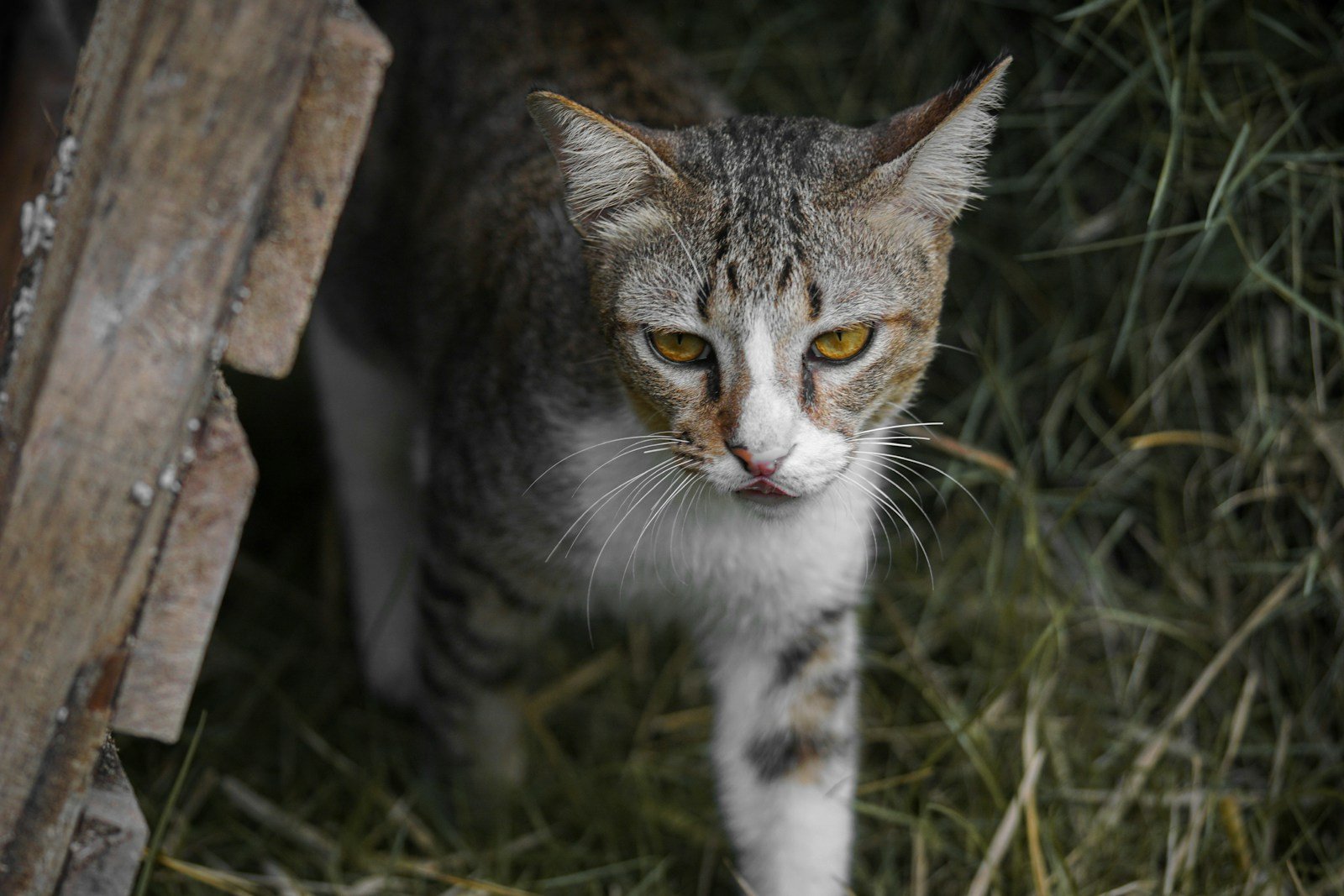
From ancient times, cats have been revered for their hunting skills. Their ability to control pests, namely rodents, which are notorious for spreading diseases, has been a critical asset to human settlements. The symbiotic relationship between humans and cats was initially founded on this shared fight against pests.
Cats in Ancient Egypt: Protectors of Grain and Health
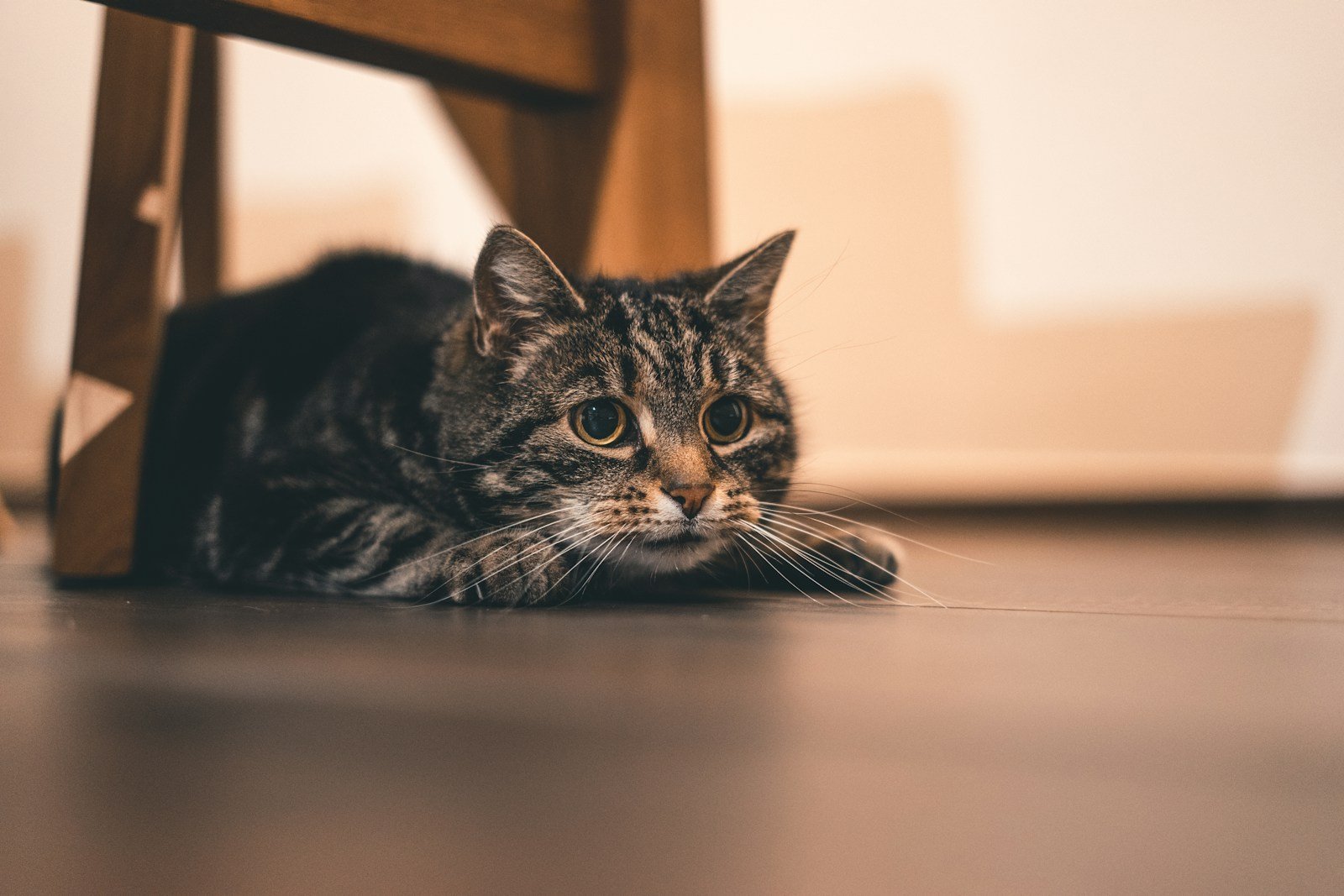
In ancient Egypt, cats were regarded as sacred animals, symbolizing grace and protection. They were especially valued for guarding granaries against rats and mice, which not only safeguarded food supplies but also protected communities from rodent-borne diseases. This reverence is reflected in Egyptian art and mythology, where cats are often depicted alongside deities.
Europe in the Middle Ages: Cats and the Black Death
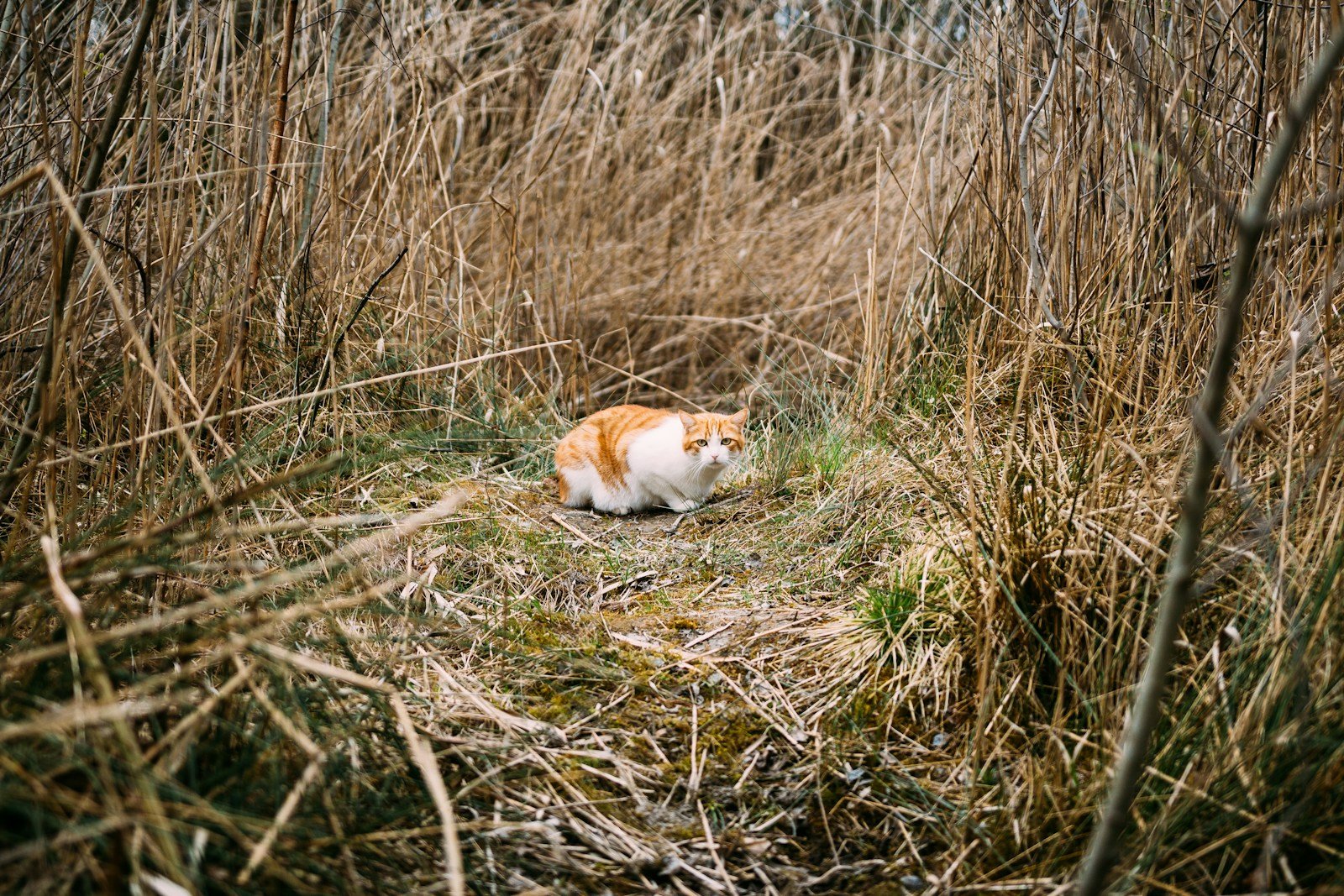
The Middle Ages in Europe were marked by the devastating Black Death, a plague that killed millions across the continent. While the disease’s spread was largely facilitated by fleas on rats, the persecution of cats due to superstition and association with witchcraft led to reduced feline populations. This worsened the plague’s impact, as fewer cats meant more rats to spread the disease. Eventually, the realization of cats’ importance in controlling rat populations led to their resurgence, aiding in the fight against the plague.
Cats in Asia: Guardians of Silkworm Farms
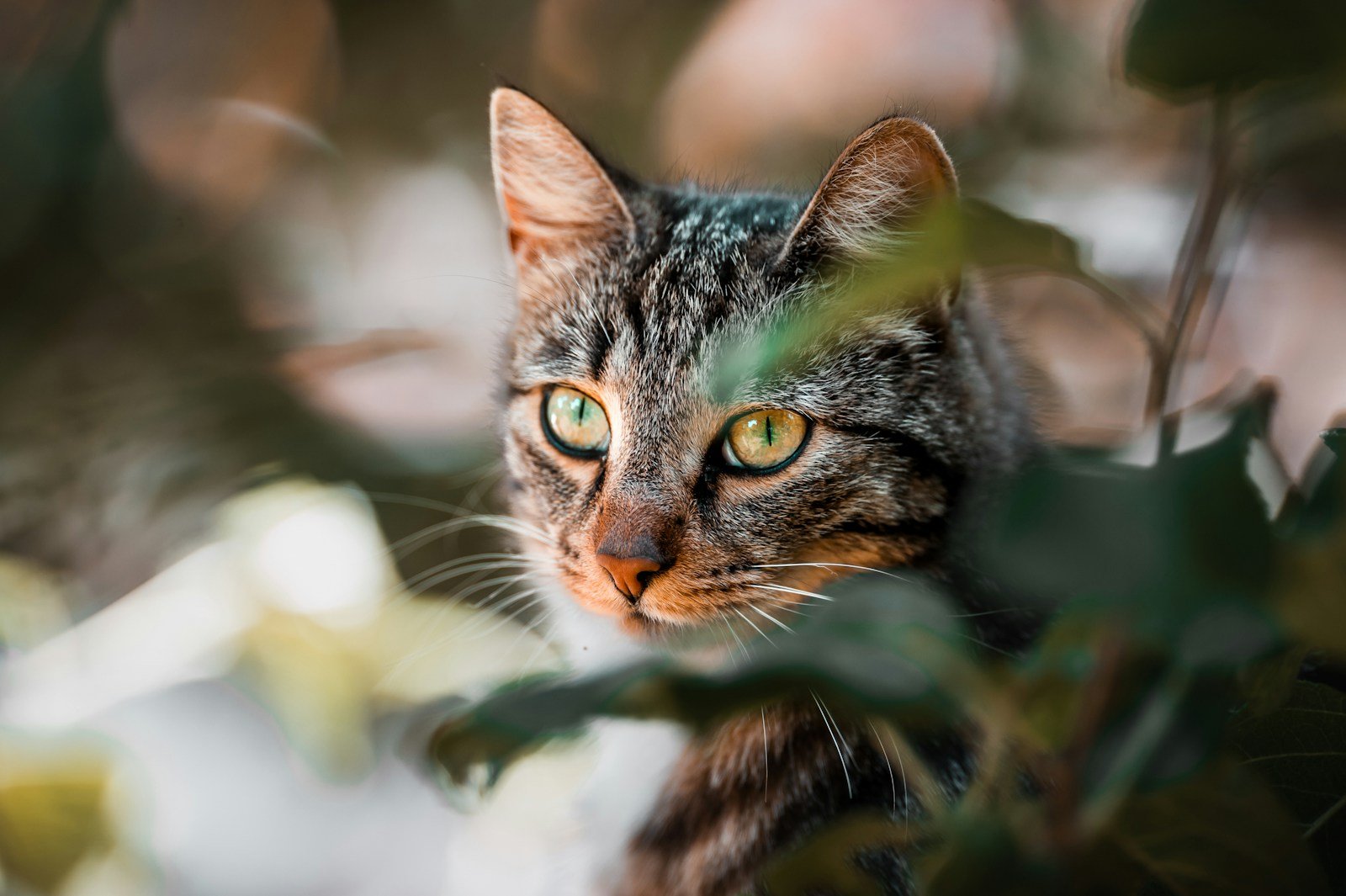
In Asia, cats played a unique role in protecting one of the most valuable agricultural products: silk. Silkworm farms were vulnerable to rodents, which could decimate silkworm populations. Cats were kept in these farms to mitigate this threat, thus ensuring the continuity of silk production and trade, which were crucial to the economy.
Urbanization and the Rise of Cats in Cities
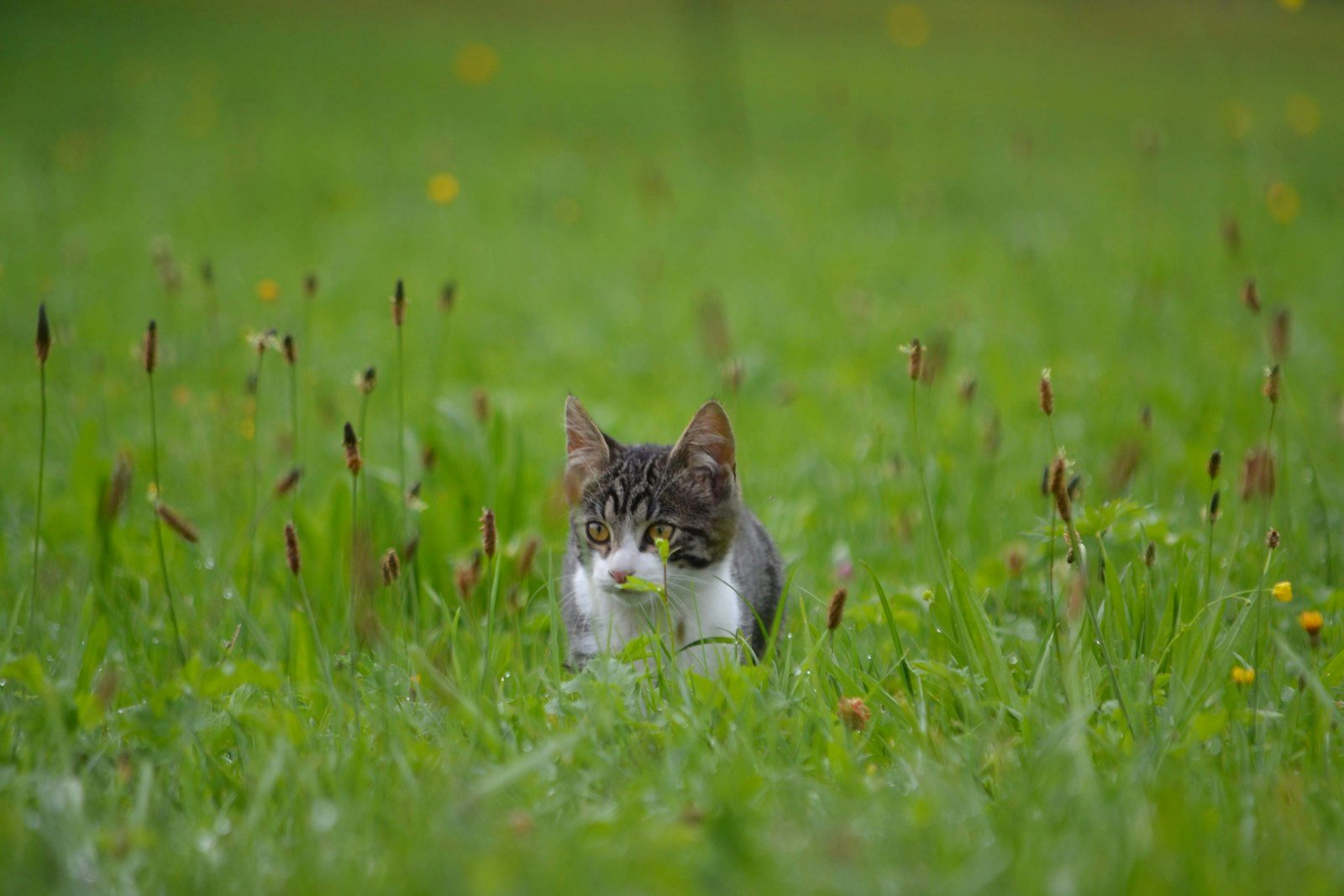
As urban centers developed, the role of cats became even more pronounced. Cities, with their dense populations and high concentration of waste, attracted large numbers of rats and mice. Cats became indispensable in controlling these rodent populations, thus playing a crucial role in promoting hygiene and preventing rodent-carried diseases in urban environments.
Cats as Alarm Systems: Detecting Disease Vectors
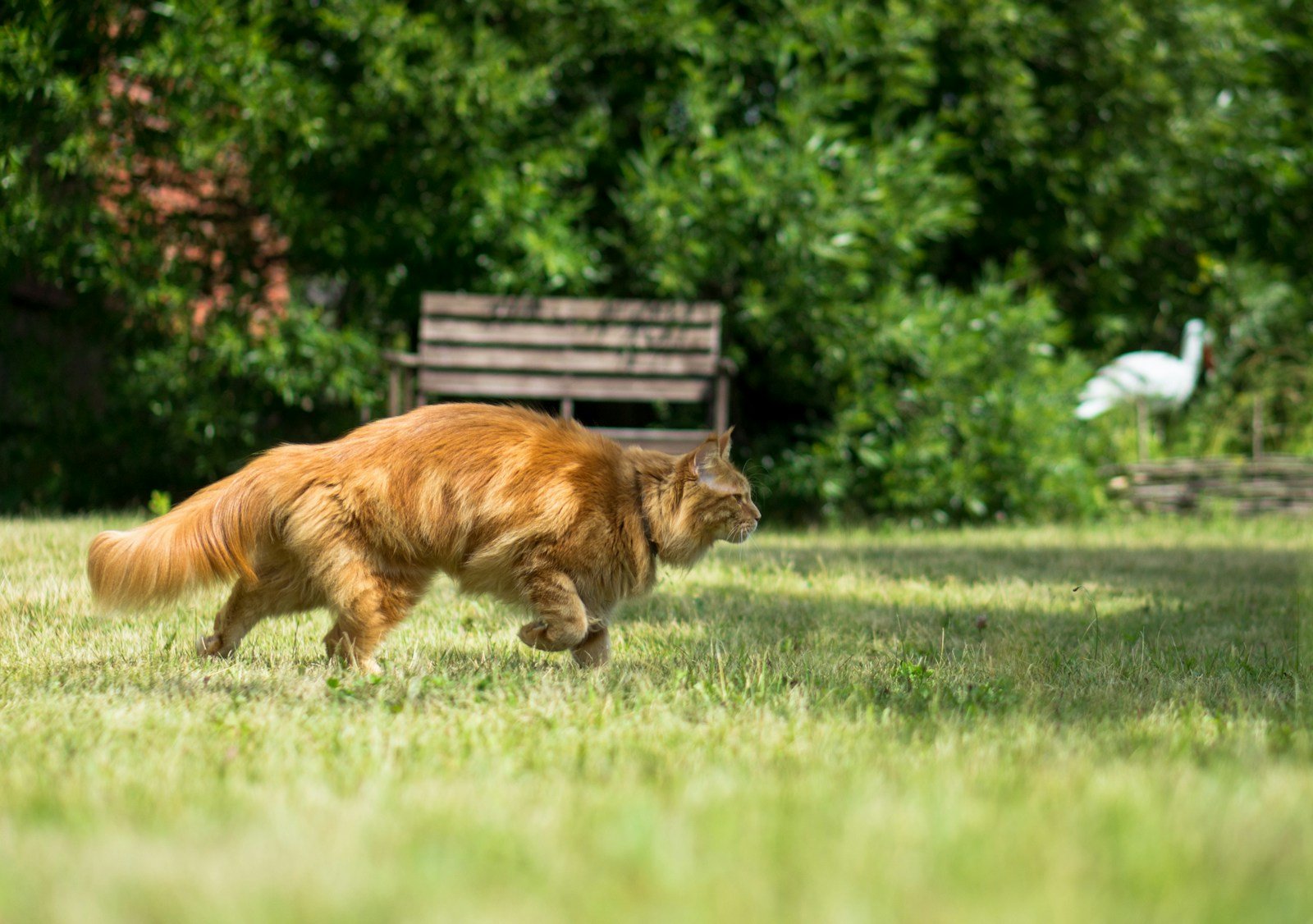
In addition to directly controlling pests, cats have also served as early warning systems. Their acute senses make them adept at detecting the presence of rodents before humans can. By observing a cat’s behavior, humans have often been able to identify pest problems early and take preventive measures, thereby reducing the risk of diseases spreading.
Modern Science’s Acknowledgment of Cats’ Contributions
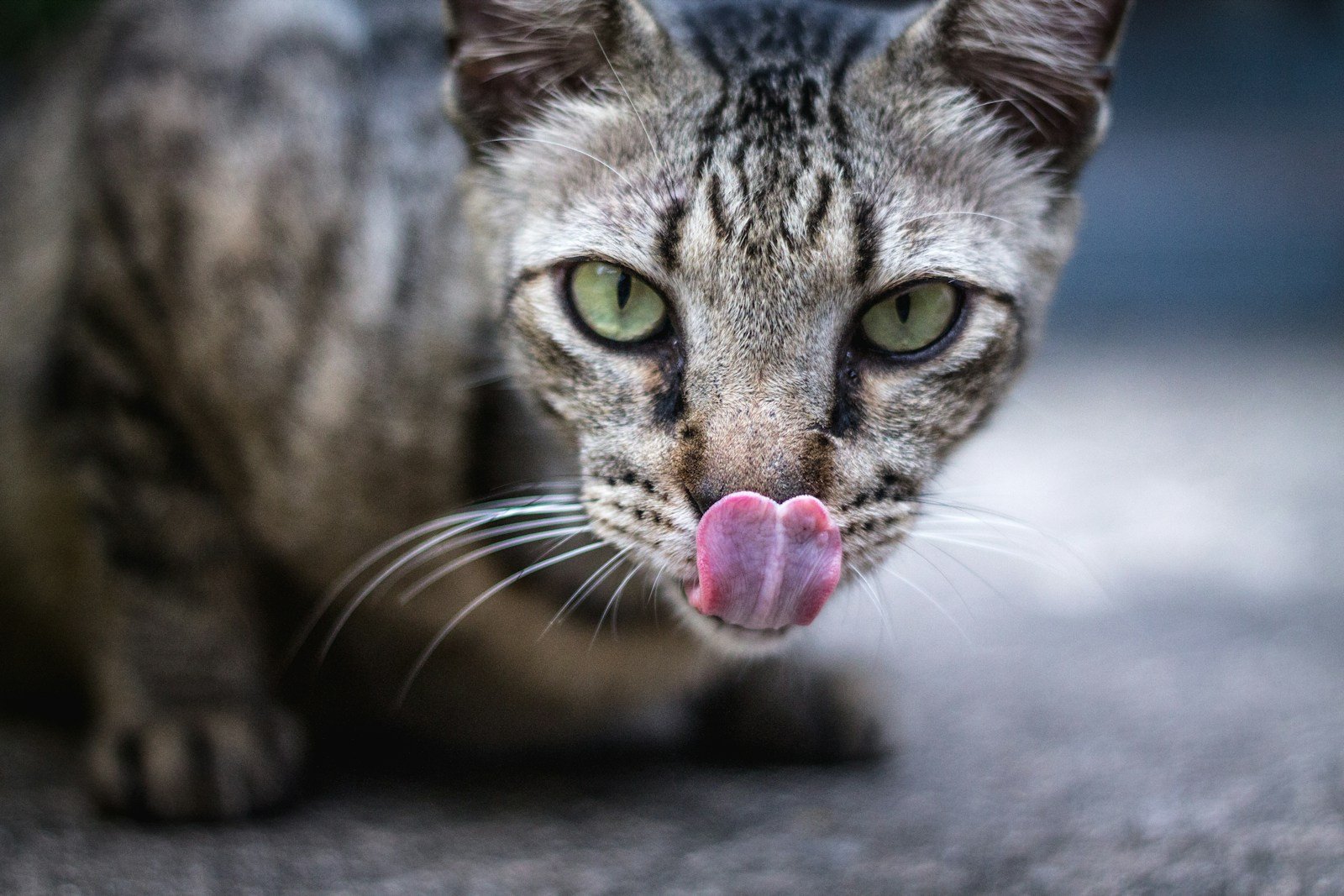
Today, scientific research acknowledges the impact of cats on public health. Studies have documented the correlation between feline pest control and reduced transmission rates of diseases like hantavirus and leptospirosis, both carried by rodents. This recognition highlights the enduring importance of cats in modern disease control efforts.
Cats in Agricultural Ecosystems
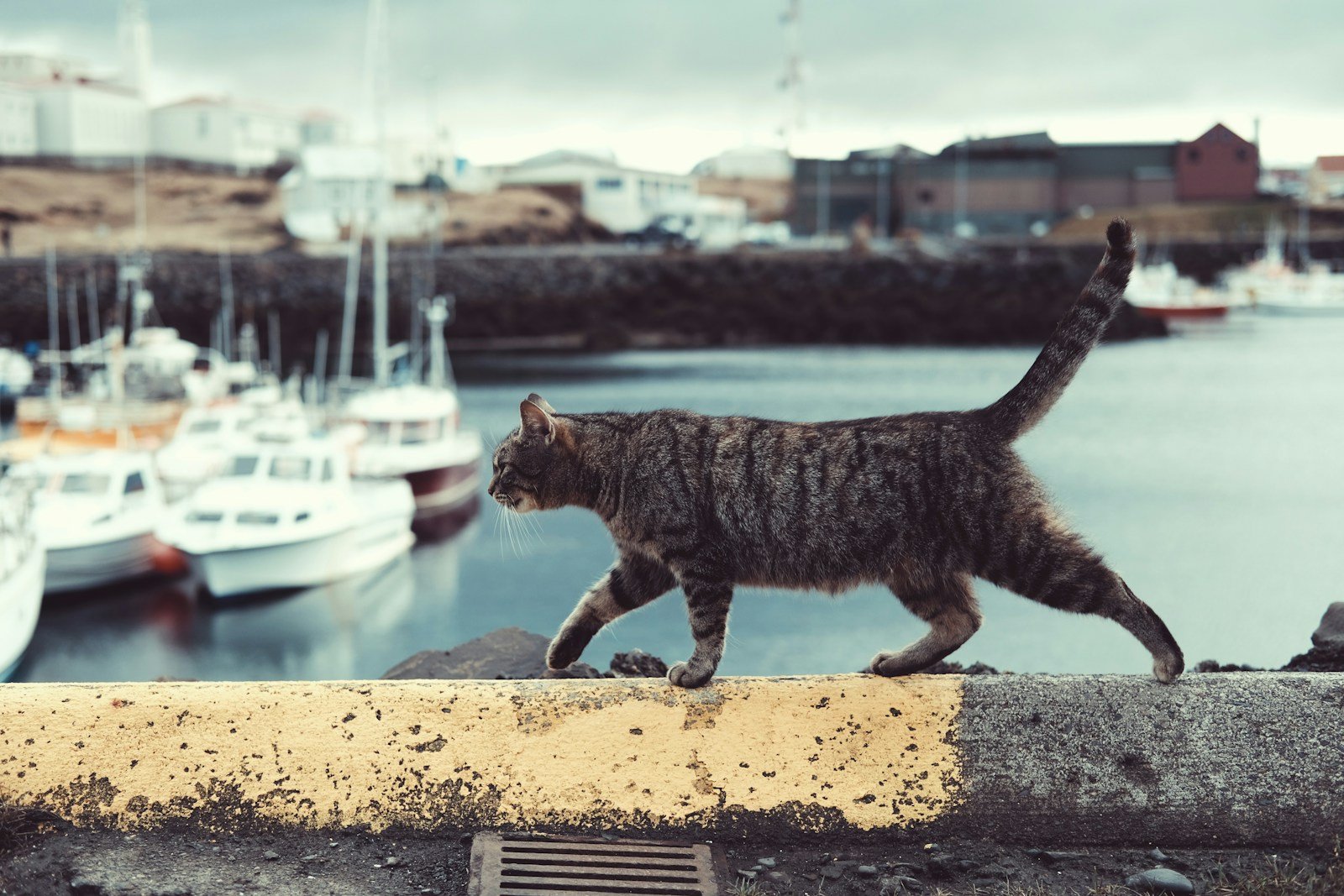
In rural settings, especially in agricultural communities, cats continue to play an essential role in safeguarding crops from rodent infestations. This not only assists in preserving food security but also in minimizing the health risks associated with contaminated produce.
The Cultural Imprint of Cats as Protectors
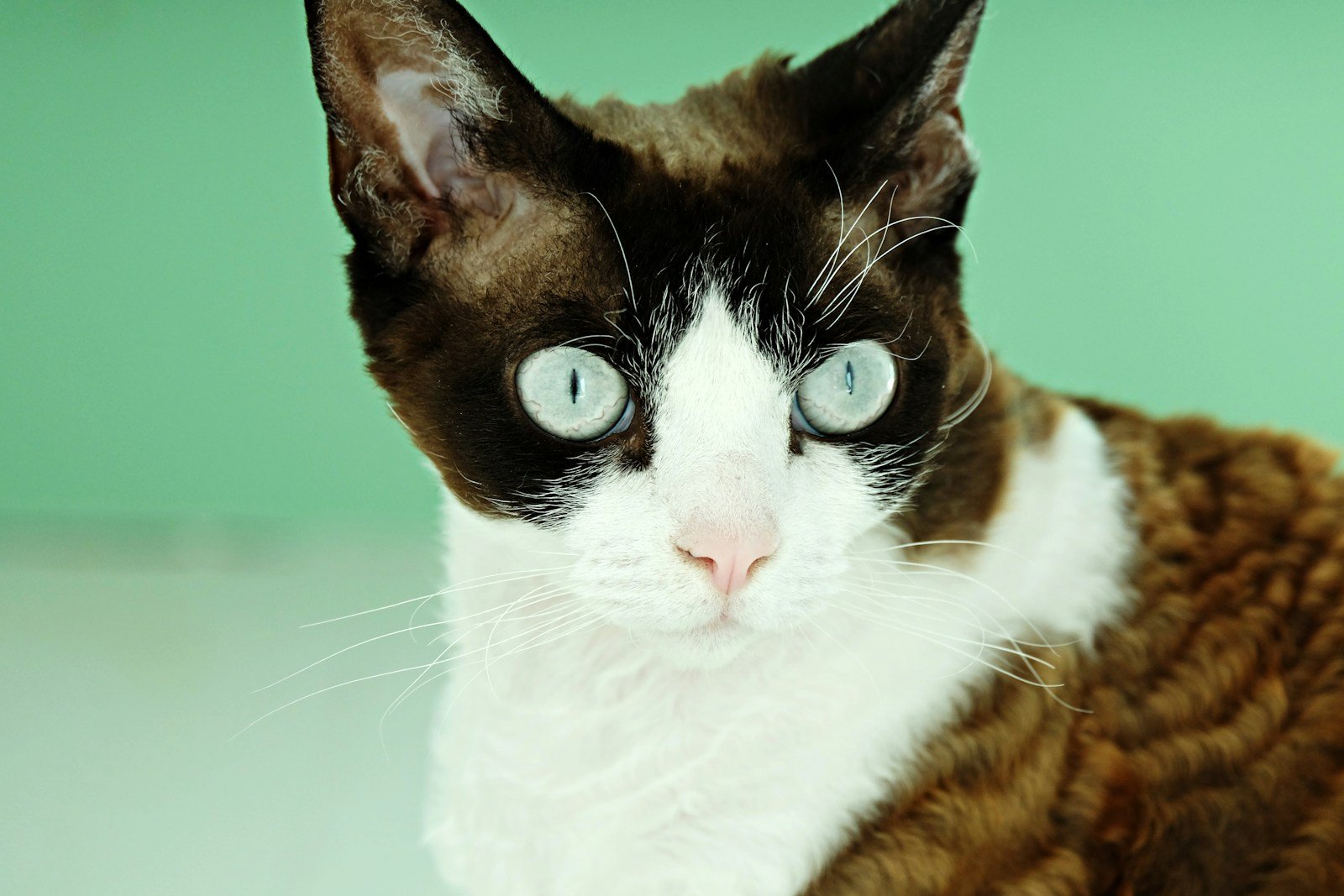
The cultural imagery of cats as protectors of health persists to this day. They have been immortalized in folklore, literature, and art as guardians against evil, including diseases, reflecting their long-standing partnership with humanity in fighting disease vectors.
Conclusion: Recognizing Our Feline Allies
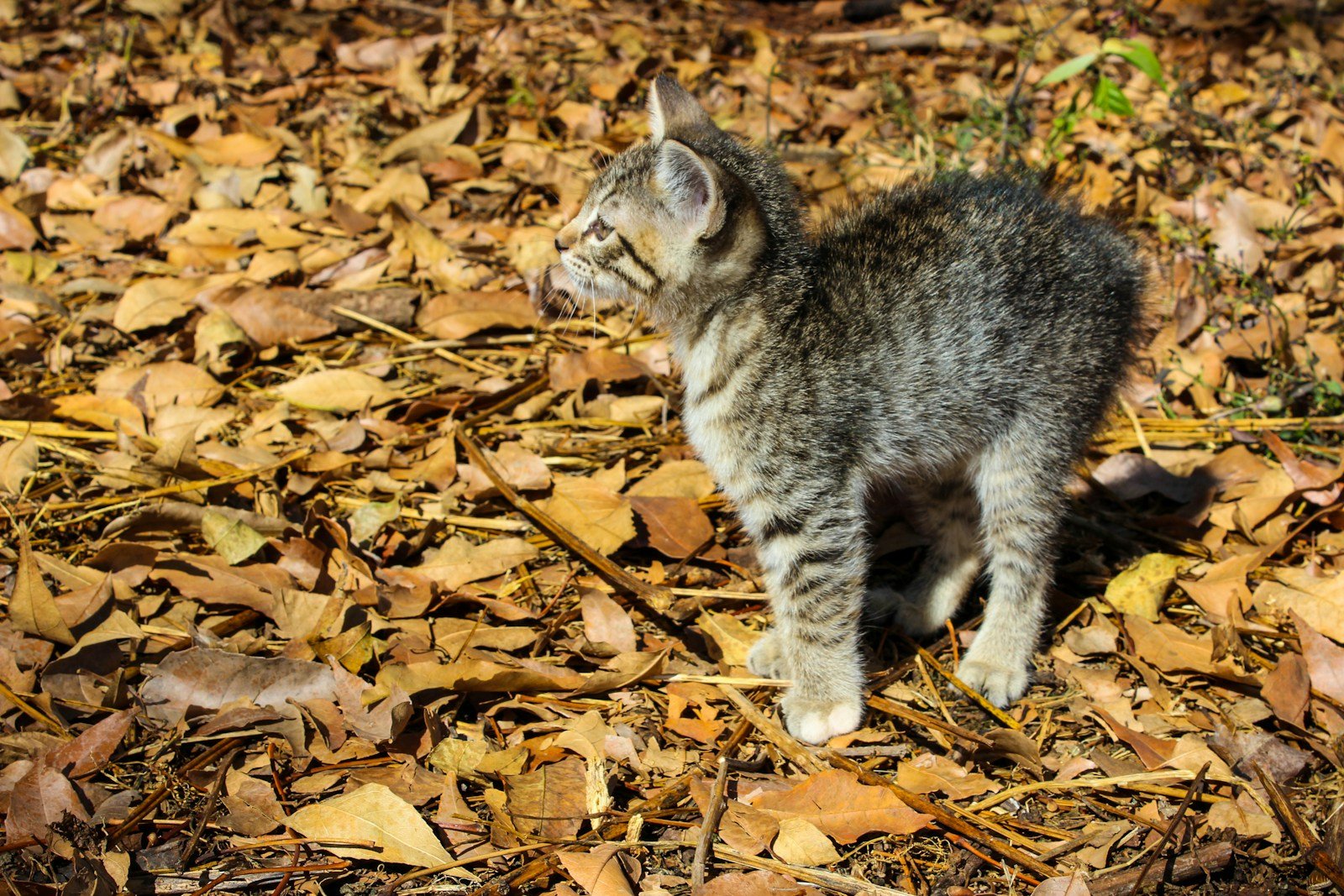
Cats have been instrumental in helping humans control disease outbreaks throughout history. By keeping rodent populations in check, they have protected us from numerous diseases, contributing significantly to public health. As we continue to face new health challenges, recognizing and appreciating our feline allies in this ongoing endeavor remains as crucial as ever.
Hi, I’m Bola, a passionate writer and creative strategist with a knack for crafting compelling content that educates, inspires, and connects. Over the years, I’ve honed my skills across various writing fields, including content creation, copywriting, online course development, and video scriptwriting.
When I’m not at my desk, you’ll find me exploring new ideas, reading books, or brainstorming creative ways to solve challenges. I believe that words have the power to transform, and I’m here to help you leverage that power for success.
Thanks for stopping by, Keep coming to this website to checkout new articles form me. You’d always love it!






